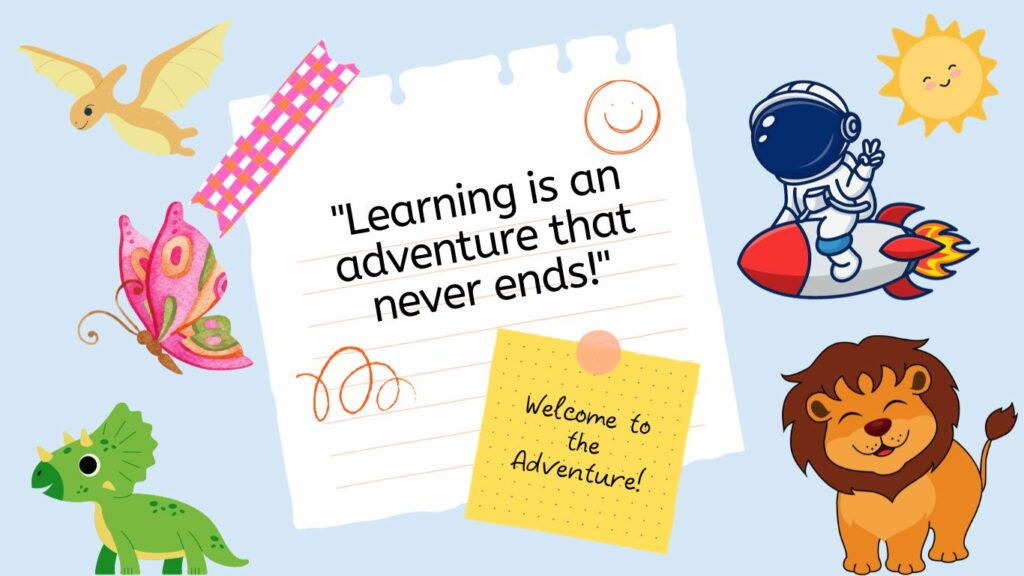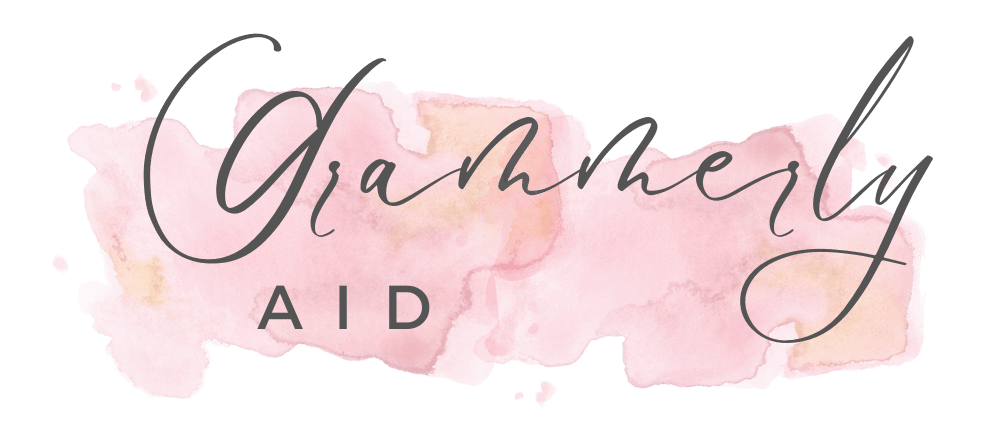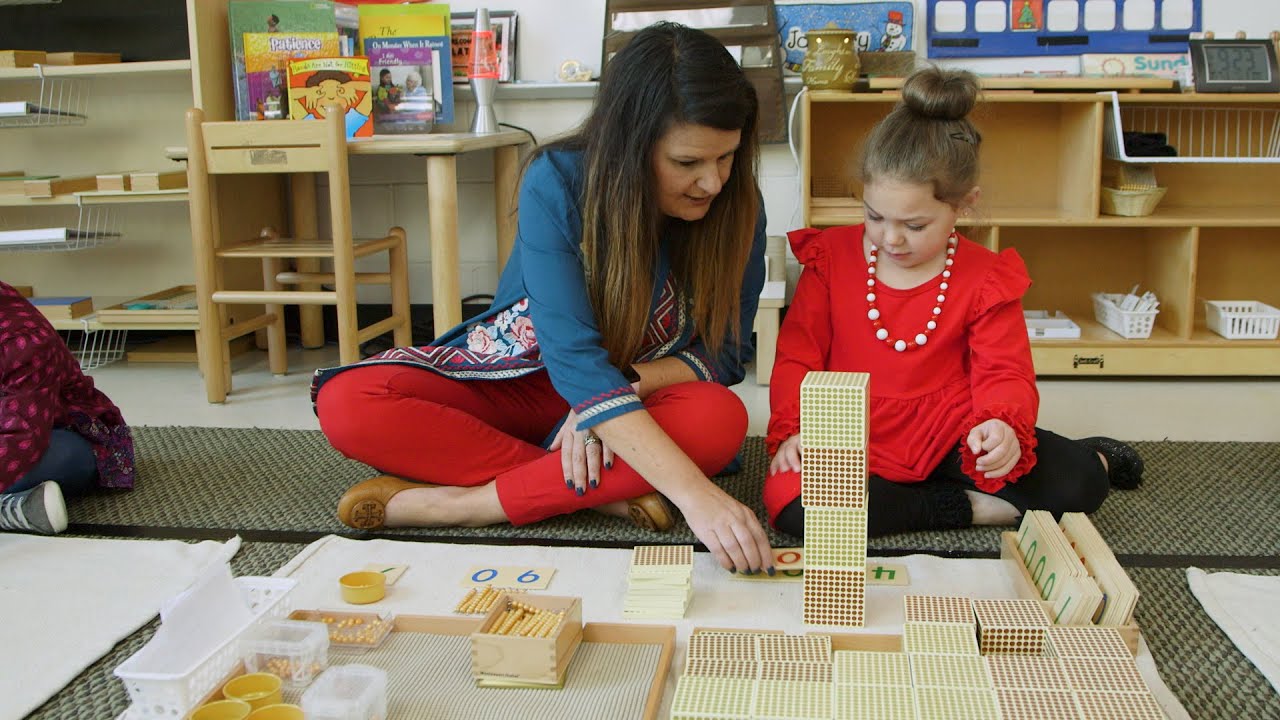Why choose Montessori Education?
Montessori education is an educational approach developed by Dr. Maria Montessori, an Italian physician and educator, in the early 20th century. It is based on child-centred learning, independence, and hands-on exploration principles. Montessori education emphasizes the holistic development of children, addressing their cognitive, social, emotional, and physical needs.
Key features of Montessori education include:
- Prepared Environment: Montessori classrooms are carefully prepared environments designed to facilitate independent learning and exploration. They are equipped with many Montessori materials and activities promoting hands-on learning and concrete experiences.
- Mixed-Age Groupings: Montessori classrooms typically feature mixed-age groupings, allowing children to learn from and collaborate with peers of different ages. This setup fosters socialization, cooperation, and mentorship opportunities.
- Child-Led Learning: Montessori education encourages children to follow their interests and work at their own pace. Teachers act as guides or facilitators, providing support and guidance as children explore the curriculum and engage with materials independently.
- Montessori Materials: Montessori materials are specially designed educational tools that facilitate hands-on learning and exploration of abstract concepts. These materials are meticulously crafted to isolate specific concepts and promote self-discovery and problem-solving.
- Freedom within Limits: Montessori education emphasizes giving children freedom within a structured environment. Children are encouraged to make choices, take responsibility for their actions, and develop self-discipline within clear boundaries and expectations.
- Holistic Development: Montessori education addresses the development of the whole child—cognitive, social, emotional, and physical. The curriculum integrates academic subjects with practical life skills, sensorial experiences, cultural studies, and character education.
- Respect for the Child: Montessori education respects the dignity and autonomy of each child. Teachers cultivate a supportive and nurturing environment where children feel valued, heard, and respected as individuals.
- Peace Education: Montessori classrooms often incorporate principles of peace education, fostering a sense of empathy, cooperation, and conflict resolution among children. Activities promoting cultural awareness, diversity, and environmental stewardship are also common in Montessori schools.
Montessori education is practised worldwide in various settings, including preschools, elementary schools, and even some secondary schools. While there is diversity in how Montessori principles are implemented, the core values of child-centred learning, independence, and holistic development remain central to the Montessori philosophy.
Division of Age Groups in Montessori Education:
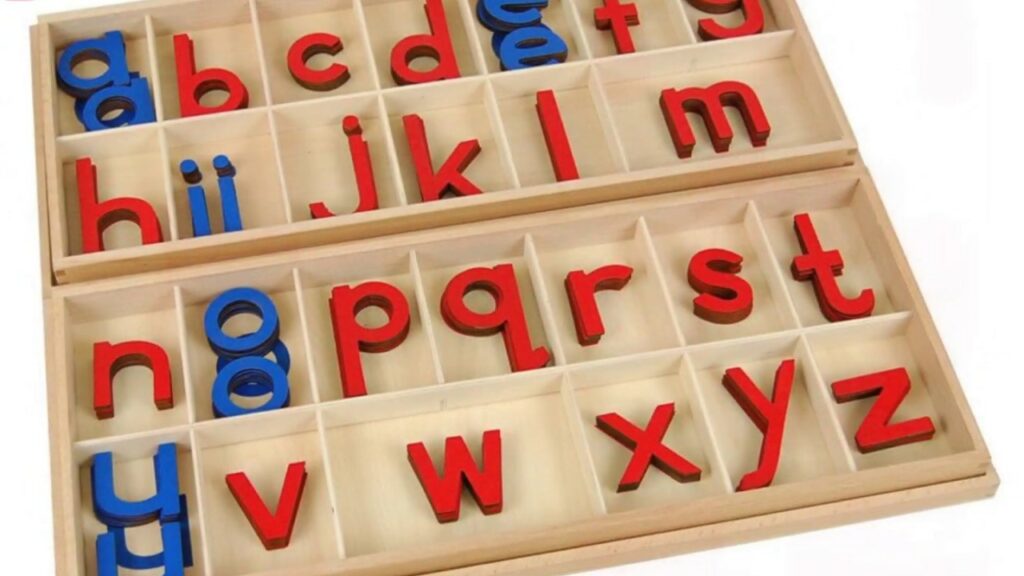
In Montessori education, the concept of “divisions” typically refers to the different age groupings or stages within a Montessori school. These divisions are based on the developmental needs and characteristics of children at various stages of growth. While the exact divisions may vary slightly depending on the school or organization, they generally follow these broad categories:
- Infant/Toddler Community (0-3 years old):
- This division focuses on providing a nurturing and safe environment for infants and toddlers to explore and learn through sensory experiences and practical life activities.
- Primary (3-6 years old):
- The Primary division is perhaps the most well-known stage of Montessori education. It caters to children from ages 3 to 6, typically spanning preschool and kindergarten years. The environment is carefully prepared with Montessori materials that facilitate independent exploration and learning across various areas such as practical life, sensorial, language, mathematics, and cultural subjects.
- Elementary (6-12 years old):
- The Elementary division serves children from ages 6 to 12, covering the elementary school years. In this stage, the curriculum expands to include more abstract concepts and interdisciplinary studies. The classroom environment often features a mix of ages, allowing for peer learning and collaboration. Subjects include language, mathematics, geometry, history, geography, science, and the arts.
- Adolescent (12-18 years old):
- Some Montessori schools also offer programs for adolescents, typically covering the middle school and high school years. This division aims to support students in their transition to adulthood by providing opportunities for independent research, real-world experiences, and community engagement. The curriculum may include advanced academic subjects, practical skills development, internships, and opportunities for self-directed learning.
Each of these divisions in Montessori education is characterized by a prepared environment, mixed-age classrooms, hands-on learning experiences, and a focus on the child’s holistic development—cognitive, social, emotional, and physical.
Main Theories of Montessori Education:
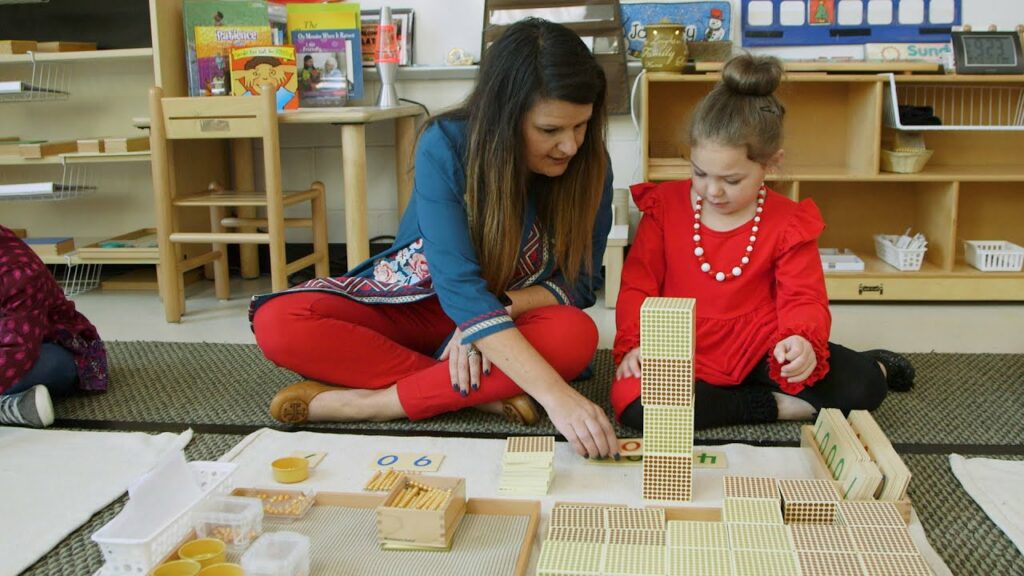
Montessori education is grounded in several key theories and principles that shape its approach to learning and child development. Some of the main theories Montessori focuses on include:
- Child Development Theory:
- Montessori education is deeply influenced by the work of Maria Montessori herself, who was a physician and educator. Her observations of children led to the development of her theory of child development, which emphasizes the importance of providing an environment that supports the natural developmental needs and tendencies of children. Montessori believed that children pass through sensitive periods, during which they are particularly receptive to certain types of learning experiences. The prepared environment and Montessori materials are designed to capitalize on these sensitive periods.
- Constructivism:
- Montessori education aligns with constructivist theories of learning, which propose that children actively construct their understanding of the world through hands-on experiences, interaction with their environment, and social collaboration. Montessori materials are designed to facilitate this process of discovery and self-construction, allowing children to engage in meaningful, self-directed learning activities.
- Socio-cultural Theory:
- Montessori education also incorporates elements of socio-cultural theory, which emphasizes the role of social interactions and cultural context in shaping cognitive development. In Montessori classrooms, mixed-age groupings and opportunities for peer learning promote social interaction and collaboration, while cultural activities and materials expose children to diverse perspectives and experiences.
- Developmental Psychology:
- Montessori education draws on insights from developmental psychology, particularly in understanding the stages of cognitive, social, emotional, and physical development in children. The Montessori curriculum is designed to address the developmental needs of children at each stage, providing appropriate challenges and opportunities for growth.
- Cognitive Development Theory:
- Montessori education aligns with theories of cognitive development, such as those proposed by Jean Piaget. The Montessori materials are designed to support the development of cognitive skills such as classification, seriation, spatial reasoning, and problem-solving, as children progress through increasingly complex activities and concepts.
- Humanistic Psychology:
- Montessori education shares principles with humanistic psychology, which emphasizes the importance of individual agency, self-actualization, and holistic development. Montessori’s emphasis on fostering independence, self-discipline, and intrinsic motivation reflects humanistic ideals of promoting the well-being and fulfilment of each individual.
These theories provide a theoretical framework for understanding the principles and practices of Montessori education, which aims to cultivate independent, lifelong learners who are capable of contributing positively to society.
Montessori at Home:
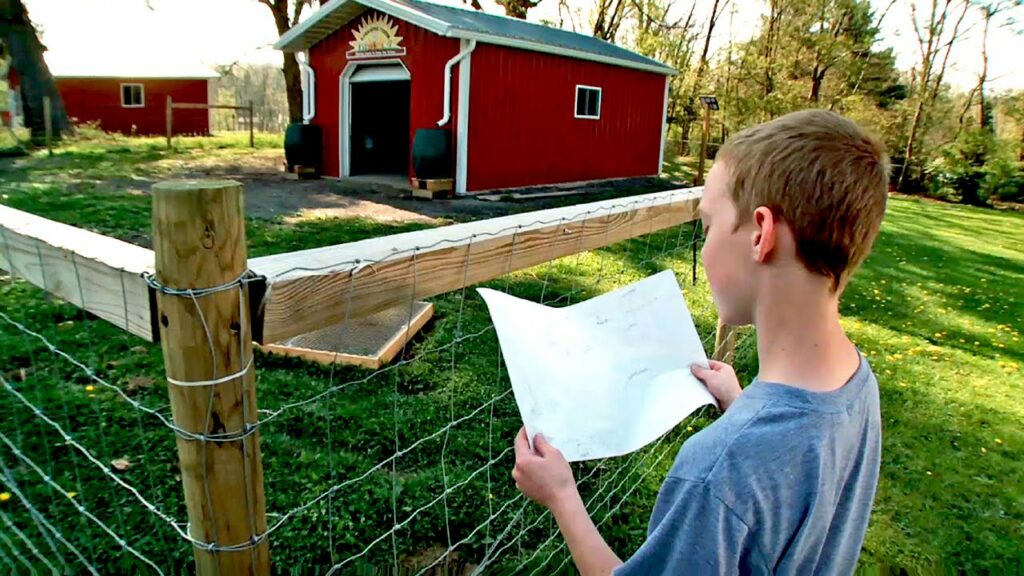
Creating a Montessori environment at home involves fostering independence, encouraging exploration, and providing an environment where your child can learn at their own pace. Here are some tips to get started:
1. Create a Prepared Environment
- Child-Sized Furniture: Use furniture that your child can easily access, such as low shelves, small tables and chairs, and reachable coat hooks.
- Organized Spaces: Keep toys, books, and learning materials organized and easily accessible. Use baskets, trays, and clear containers.
- Natural Materials: Incorporate natural materials like wood, metal, and fabric rather than plastic. These materials offer a more sensory-rich experience.
2. Encourage Independence
- Self-Care Stations: Set up areas where your child can practice self-care, such as a handwashing station or a place to put on shoes and coats.
- Simple Tasks: Encourage your child to do simple tasks on their own, such as pouring water, setting the table, or cleaning up after themselves.
3. Focus on Practical Life Skills
- Daily Activities: Incorporate activities like cooking, cleaning, gardening, and caring for pets. These activities teach responsibility and practical skills.
- Child-Sized Tools: Provide child-sized brooms, dustpans, and utensils so they can participate fully.
4. Follow Your Child’s Interests
- Observation: Pay attention to what your child is naturally drawn to and provide materials and activities that align with their interests.
- Rotating Toys and Materials: Rotate the toys and learning materials available to keep things fresh and engaging.
5. Provide Montessori-Inspired Learning Materials
- Educational Toys: Use Montessori-inspired toys that promote fine motor skills, problem-solving, and cognitive development. Examples include puzzles, building blocks, and sensory activities.
- Books: Choose books that reflect real life and encourage curiosity.
6. Promote Order and Routine
- Consistent Routines: Establish routines for daily activities like mealtimes, naps, and play. Consistency helps children feel secure.
- Tidying Up: Teach your child to put away one activity before starting another. This reinforces order and responsibility.
7. Encourage Exploration and Play
- Open-Ended Play: Allow your child time for unstructured, open-ended play where they can use their imagination and creativity.
- Outdoor Time: Ensure your child spends time outdoors exploring nature, which is a key element of Montessori education.
8. Respect and Observe
- Respect Their Pace: Allow your child to explore and learn at their own pace without rushing them.
- Observation: Regularly observe your child’s development and interests to better understand how to support their growth.
9. Positive Discipline
- Natural Consequences: Use natural consequences to teach lessons rather than punishment. For example, if a child spills water, they help clean it up.
- Model Behavior: Model the behavior you want to see, and use positive reinforcement to encourage desired actions.
Creating a Montessori-inspired home doesn’t require a lot of expensive materials; it’s about fostering a space that promotes curiosity, independence, and a love of learning.
Conclusion:
In conclusion, Montessori education stands out as a highly effective approach to early childhood education, emphasizing independence, hands-on learning, and respect for a child’s natural development. Its unique environment, where children learn at their own pace through exploration and discovery, fosters a deep love of learning and nurtures critical thinking, problem-solving skills, and social development. By focusing on the whole child—cognitively, socially, emotionally, and physically—Montessori education provides a strong foundation for lifelong learning and personal growth. For parents seeking an education that respects their child’s individuality and encourages self-motivation, Montessori offers a compelling and proven option.
